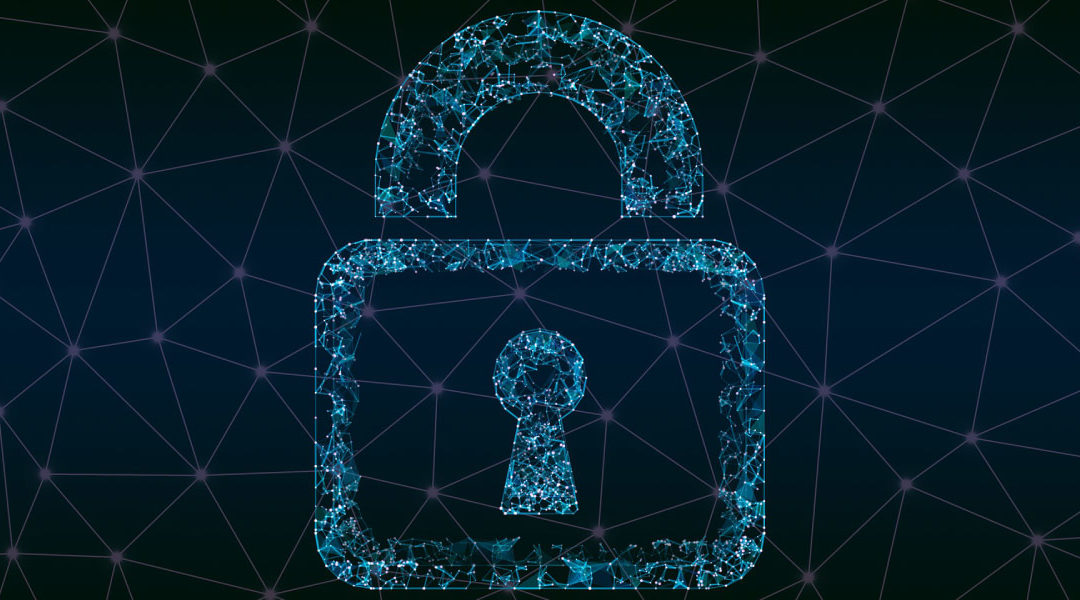For business leaders all over, the simple thought of a data security breach is enough to keep them up at night. It’s the nightmare scenario that can cost the organization its hard-earned money and reputation. While a data breach can happen to anyone, there are ways to impede a bad actor’s efforts to infiltrate your system. The great majority of data security breaches are preventable, but you need to know how to do it.
What is a Data Security Breach?
A data security breach exposes confidential, sensitive, or protected information to an unauthorized person or group of people. Often, the breached files are viewed and/or shared without permission. A data breach can be the result of a deliberate attack or an accident; they can be the work of a hacker or a disgruntled employee; and the leaked information can be the release of records, credit card numbers, company emails, and many other examples. So, what can be done to stop a data security breach before it even begins?
1. Restrict Access
Each person who has access to data represents a potential vulnerability in the data’s security. It used to be that each employee had access to the files on their computer, but companies now are learning the painful lesson that they must be more protective of their data. Most members of your staff don’t need unrestricted access to your network and the information stored on it; they should only be able to access the data they need to do their jobs—this is role-based access control. When you limit who is allowed to view data, you decrease the number of points of failure.
2. Keep Software Updated
While they are often seen as an annoyance, keeping your software and operating systems up to date is an important measure for data security, so be sure to keep patches installed whenever possible. The network is more vulnerable when programs aren’t patched and updated as needed. Firewalls, anti-virus software, and anti-spyware are all important tools to defend your business’ data, but hardware like smartphones, laptops, printers, modems, and routers can also be vulnerabilities.
3. Employee Training and Password Complexity
It seems to be a given—something everyone knows and claims to be doing—training their employees to be aware of the organization’s cybersecurity. The simple truth is that most data security breaches are not the result of a complex, sophisticated plan. Rather, upwards of 88% of breaches are caused by human error. One phishing email and one misplaced click are enough to trigger a breach.
With that said, having a strong password policy in place. Not only should passwords be longer and more complex, they also should be updated regularly and stored securely. Multi-factor authentication (MFA) is another proven measure of enhancing security, one that cyber insurers are now requiring of their clients.
4. Zero Trust Security
In the Zero Trust approach to cybersecurity, the core principle is the belief that no person or system should be trusted. By default, the system distrusts everyone who tries to use it; all users both inside and outside the organization must be authenticated, authorized, and validated before being granted access to applications and data. Another trait of Zero Trust is the removal of traditional network edges, which better secures the network’s infrastructure and data while also minimizing the risk of ransomware.
5. Audit and Adapt
No data security strategy is evergreen. Cybercriminals and their methods are constantly evolving—which is why the cybersecurity methods that worked in the past are no longer fit for use. Evolving threats must be met with evolving solutions. If you are to successfully prevent data breaches, you must audit, evaluate, and pivot to new approaches to keeping your data safe. The best way to successfully evaluate and implement these cybersecurity strategies is to turn to cybersecurity experts and the team at Innovative Integration has the knowledge and experience you need to identify and resolve any weak points in your infrastructure.





